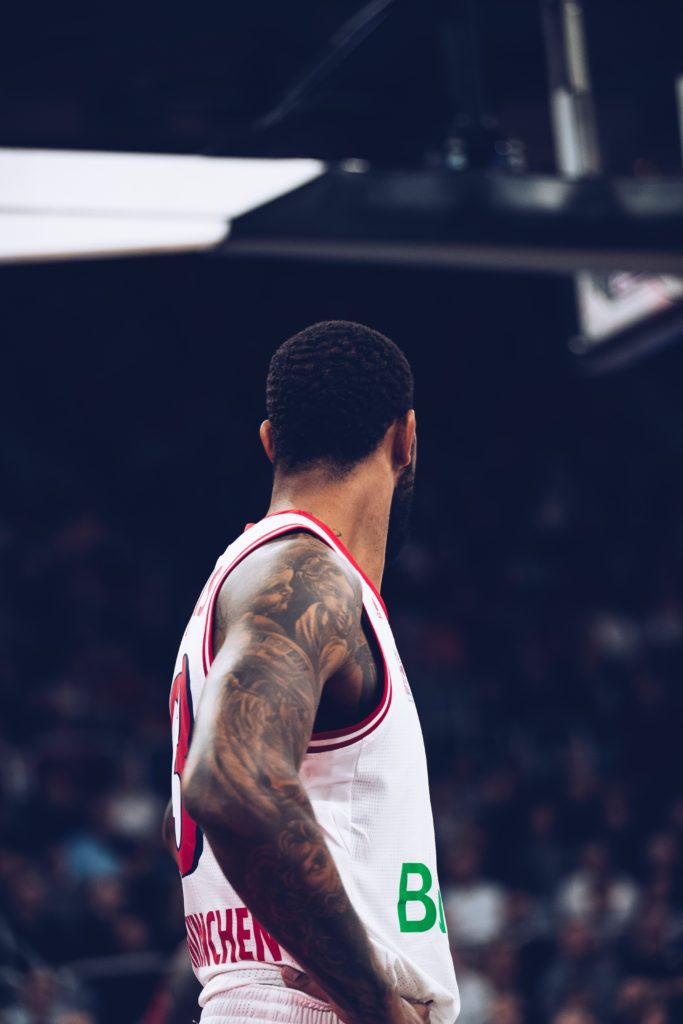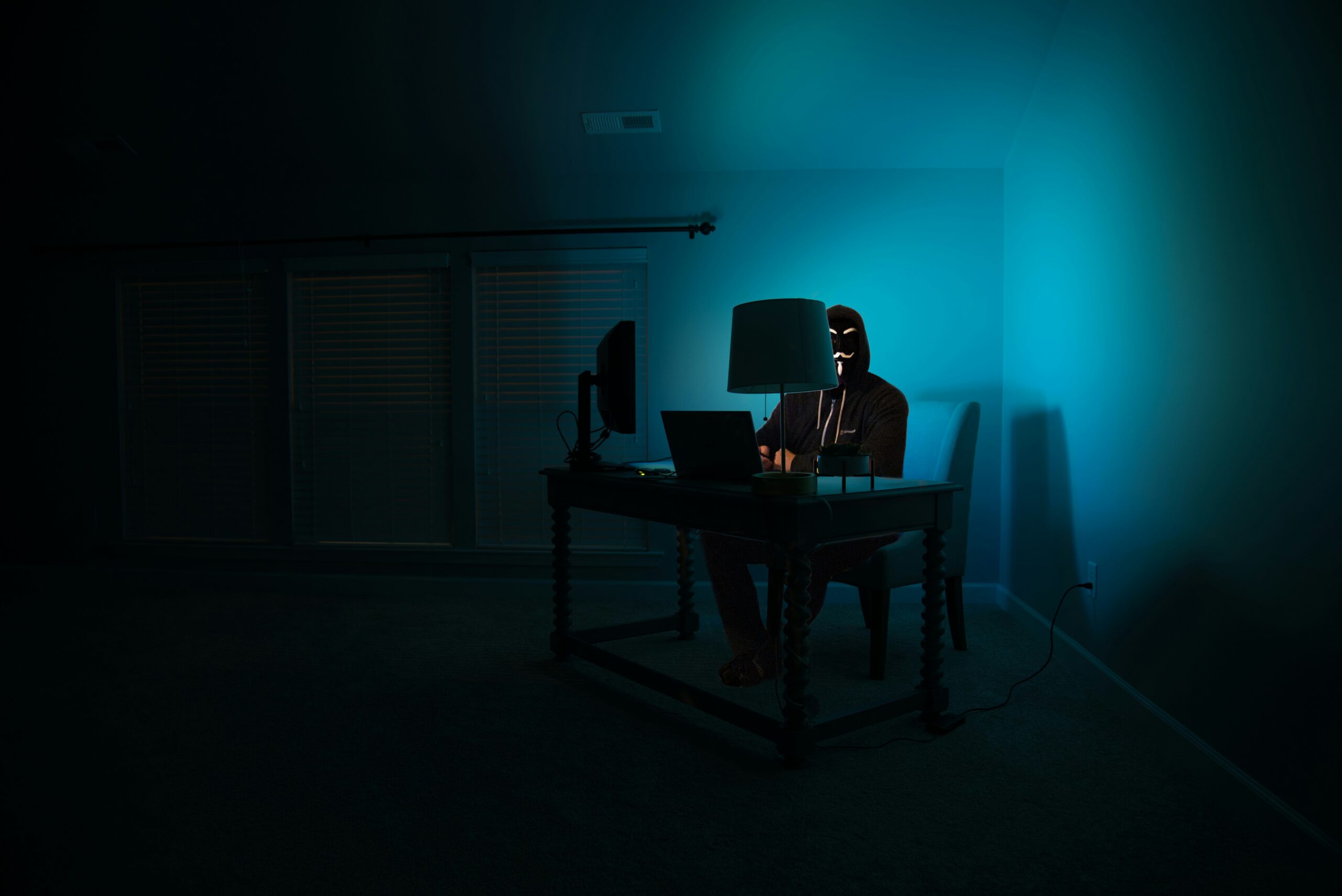
Squaring tattoo art and copyright law initially begs the question, to whom does a tattoo and the rights that attach to this form of artistic expression belong to? Initially, the two options that make the most logical sense are that the rights belong to either the tattoo artist or to the individual actually set to wear the ink for the rest of their life. The fundamental principle supporting the proposition that tattoo artists own their designs, is captured within the foundations of intellectual property and copyright law more broadly.[1]
It is more important than ever to seek to determine where a balancing of the artist and the individual rights at stake in this context leaves us.[2] Viewed in connection with more recent decisions, involving the application of copyright law to cases of alleged infringement brought by tattoo artists in response to authorized reproduction of their work, the modern prominence of tattoos across global cultures supports the need to consistently protect tattoo artists under the law. One context where uncertainty frequently arises and the need for legislative or judicial guidance is clear, is situations in which tattoos appear in video games. Game manufacturers take advantage of modern technology allowing them the capacity to precisely and meticulously recreate real life in their games, and they are increasingly using this technology to recreate and include copyrighted tattoos in their products. The legal issue presented is thus whether video game producers may be liable for copyright infringement, where they digitally recreate and include copyrighted tattoos in their games without seeking permission from, or giving proper credit and compensation to, the artists who are the original authors and have filed their works with the United States Copyright Office for protection.
Take-Two Interactive Software (“Take-Two”) is the company behind the production of the widely successful basketball video game franchise named NBA 2K.[3] The video games in the NBA 2K series include hundreds of virtual depictions of the actual athletes comprising the National Basketball Association. Take-Two spends a great deal of time, effort, and money on making these avatars appear realistic, and indeed fans of the game suggest that the lifelike graphics are a driving source behind the franchise’s success.[4] Consequentially, this technological capability and commercial incentive has led Take-Two and other similarly situated video game manufacturers to digitizing the athletes in their products in a manner that displays exactly the same body art that the players wear in real life on their own arms, legs, etc.…[5] An article describing how some of video game publisher’s technology works writes, “Player likenesses are captured by a self-powered mobile scanning RV from Pixelgun Studio. It’s made up of 146 Canon cameras, updated as new cameras are manufactured, and it captures ultra-high detail facial scans and player tattoos with up to 16,000 textures” (emphasis added). [6]
As a result of this relatively new practice by prominent entities in the video games industry, several legal disputes concerning the protections afforded by copyright law against this use of tattoos are now ongoing. Plaintiff tattoo artists bringing actions based on copyright infringement are on one side of these disputes and the defendant commercial entities are on the other. The 2016 case of Solid Oak Sketches, LLC v. 2K Games involves a pending copyright lawsuit filed by multiple tattoo artists against the aforementioned video game manufacturer Take-Two.[7] The plaintiffs in Solid Oak contend that they are the exclusive licensee of the rights of five tattoos inked on the bodies of several NBA players, and they assert that these original designs were subsequently federally registered with the U.S. Copyright Office.[8] The artists thus allege that Take-Two infringed the duly filed copyrights in their tattoos based on Take-Two’s reproduction and display of these artistic images on the digital avatars of basketball players Eric Bledsoe, LeBron James, and Kenyon Martin contained in multiple installments of the NBA 2K video game franchise.[9] Solid Oak further contends that the tattoos were reproduced “without authorization, and therefore, the defendants have infringed the copyrights in the tattoos.”[10] Before filing its lawsuit, Solid Oak sought $819,500 in damages for the alleged past infringement and also proposed a deal to the video game developers of $1.14 million in exchange for future use of the tattoos.[11]
Take-Two offered the two most popular affirmative defenses provided by copyright law in response to this suit, the doctrines of de minimis and fair use. One meaning of the de minimis defense announced in a case decided by the second circuit is “a technical violation of a right so trivial that the law will not impose legal consequences” and another possibility is “an instance where copying has occurred to such a trivial extent as to fall below the quantitative threshold of substantial similarity, which is always a required element of actionable copying.”[12] The plaintiff artists in Solid Oak responded that a user of the NBA 2K video games could pick each and every player bearing the tattoos at issue (especially in light of the popularity of LeBron James and his status as the highest rated player in the game) for hours of play, and, as a result, continuous observability of the tattoos occurs.[13] They also urged the court to find that the defendants provided no support for their conclusions regarding the observability of the tattoos in the games.[14] On March 30, 2018, the court issued an order denying the defendants’ motion for judgment as a matter of law on the pleadings as to de minimis use.[15] The court found amongst other reasons that there is no “objective perspective” as to how the video games are generally played, or to what extent certain features can be or are actually utilized.[16] Furthermore, the court was unable “to make determinations about the choices and subsequent observations of the average lay observer, or about the observability and prominence of the [t]attoos.”[17]
The Fair Use Doctrine is codified in § 107 of the 1976 Copyright Act.[18] The test for determining whether the use of a copyrighted work by a non-author amounts to fair use, in any particular context, calls for a four-factor analysis based on: (1) the purpose & character of the use, including whether such use is of a commercial nature; (2) the nature of the copyrighted work; (3) the amount and substantiality of the portion used in relation to the copyrighted work as a whole; and (4) the effect of the use upon the potential market for or value of the copyrighted work.[19] Plaintiffs in Solid Oak countered that the video games’ commercial use of their tattoos did not transform the original works and they argued that defendants’ use did in fact diminish the commercial value of the copyrighted tattoos’ potential licensing markets.[20] On March 30, 2018, the court issued an ordering denying defendants’ motion for judgment on the pleadings as to fair use: “[t]he Court finds that, here, for substantially the same reasons discussed above, [d]efendants’ claim of fair use of the Tattoos cannot be resolved at this stage of the proceedings.”[21]On March 26, 2020 the Southern District of New York held that Take-Two did not infringe on plaintiff’s tattoo copyrights and that the entity was entitled to assert the copyright defenses of implied license, fair use, and de minimis use.[22] However, the evolution of this case sequence is far from over and it remains likely that courts across the nation will need to extend the protections of copyright law to tattoo artists.
The analogous and more recently filed case of Hayden v. 2K Games, Inc. et al similarly involves a tattoo artist alleging that the distributors of NBA 2K are liable for copyright infringement and disputes involving these types of undisputed issues are only becoming more likely to arise in court.[23] Although this case is still pending, if it does proceed to trial other potential plaintiffs considering a tattoo copyright lawsuit should be especially mindful of the outcome. A court ruling on the issues in that case and a verdict for either side could provide a strong framework for future arguments by artists alleging copyright infringement, and important precedent on how the owner of a tattoo copyright can enforce it.
One of the most important and exclusive rights provided to the owner of any copyrighted work is the right to control the reproduction of that work in any medium.[24] Copyright protections therefore must extend to tattoos. Unless artists who have filed their tattoos with the United States Copyright Office have agreed to waivers pertaining to their designs, or consented to negotiated terms surrounding the reproduction and licensing of their original works, the law must entitle them to a precisely defined damages remedy when actionable copyright infringement occurs.
Ethan Ruby is a Second Year Law Student at the Benjamin N. Cardozo School of Law and a Staff Editor at the Cardozo Arts & Entertainment Law Journal. Ethan is interested in copyright law, entertainment litigation, and criminal defense work. He is also a current member of the Cardozo Mediation Clinic and Sports Law Society.
[1] See Charles F. Carletta, Intellectual Property Basic Concepts and Principles, Stetson University College of Law National Conference on Law and Higher Education (2011), https://www.stetson.edu/law/conferences/highered/archive/media/IP%20Basics.pdf.
[2] See Copyright Basics, Are tattoos protected by copyright?, Copyright Alliance.org (2020), https://copyrightalliance.org/ca_faq_post/tattoos-copyright/
[3] See NBA 2K 20: Games, News, Videos, Community, Buy Now, Franchise, NBA.2k.com, https://nba.2k.com/en-US/news/ (last visited Dec. 20, 2019).
[4] See Giancarlo Valdes, NBA 2K19 dunks past 9 million copies, Venture Beat (May. 13, 2019), https://venturebeat.com/2019/05/13/nba-2k19-dunks-past-9-million-copies/.
[5] See Brian Tong, How NBA 2K18 got its insane next-gen graphics, CNET (Aug. 8, 2017), https://www.cnet.com/news/how-nba-2k18-got-its-insane-next-gen-graphics/.
[6] Id.
[7] See Solid Oak Sketches, LLC v. 2K Games et al., (2016 WL 4126543).
[8] See Yolanda M. King, Solid Oak Sketches v. 2K Games: is this lawsuit the beginning of the end of uncertainty concerning the enforceability of tattoo copyrights, Elgar Online (Jun. 2018), https://www.elgaronline.com/view/journals/ielr/1-1/ielr.2018.01.06.xml.
[9] Id.
[10] Id.
[11] See Jason M. Bailey, Athletes Don’t Own Their Tattoos. That’s a Problem for Video Game Developers, The New York Times (Dec. 27, 2018), https://www.nytimes.com/2018/12/27/style/tattoos-video-games.html.
[12] Ringgold v. Black Entertainment TV. Inc., 126 F.3d at 73 (2d Cir. 1997) (Plaintiff alleged that the defendants infringed her copyright in her story quilt design, ‘Church Picnic Story Quilt,’ when the defendants used a poster reproduction of the work as part of the set decoration on an episode of the television sitcom series ROC. During a scene of the episode, at least a portion of the poster is shown a total of nine times. Defendants raised the de minimis defense, arguing ‘the nine instances in their television program in which portions of the poster were visible, individually and in the aggregate, were de minimis, in the sense that the quantity of copying was below the threshold of actionable copying).
[13] Complaint, Solid Oak Sketches, LLC v. Visual Concepts, LLC et al, No. 1:16-CV-00724 (S.D.N.Y. February 1, 2016).
[14] Id.
[15] Memorandum Opinion and Order, Solid Oak Sketches, LLC v. 2k Games, Inc. et al, No. 1:16-CV-00724 (S.D.N.Y. February 1, 2016).
[16] Id.
[17] Id.
[18] 17 U.S.C. § 107.
[19] Id.
[20] Plaintiff’s Response to Defendant’s Memorandum in Support of Motion for Judgment on the Pleadings, Solid Oak Sketches, LLC v. 2k Games, Inc. et al, No. 1:16-CV-00724 (S.D.N.Y. February 1, 2016).
[21] Memorandum Opinion and Order, Solid Oak Sketches, LLC v. 2k Games, Inc. et al, No. 1:16-CV-00724 (S.D.N.Y. February 1, 2016).
[22] See Joseph Grasser and Raisa Dyadkina, Copyright Defenses When a Copyright Infringement Claim Gets Under Your Skin, Global IP& Technology Blog (April 6, 2020), https://www.iptechblog.com/2020/04/copyright-defenses-when-a-copyright-infringement-claim-gets-under-your-skin/.
[23] Hayden v. 2K Games, Inc. et al, No. 1:17-CV-02635 (N.D. Ohio December 18, 2017).
[24] See Definitions, copyright.org, https://www.copyright.gov/help/faq/faq-definitions.html (last visited Dec. 15, 2019).



